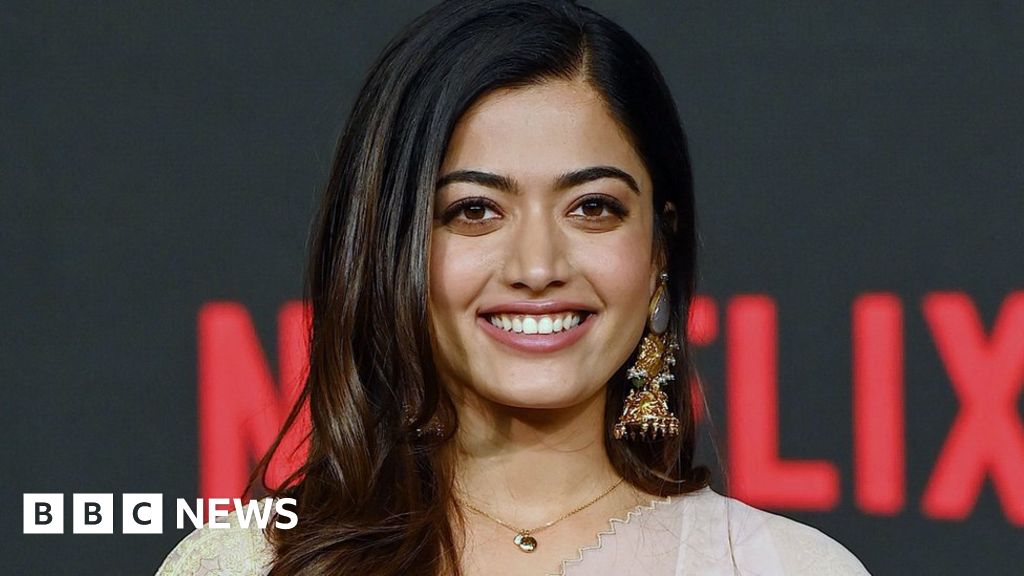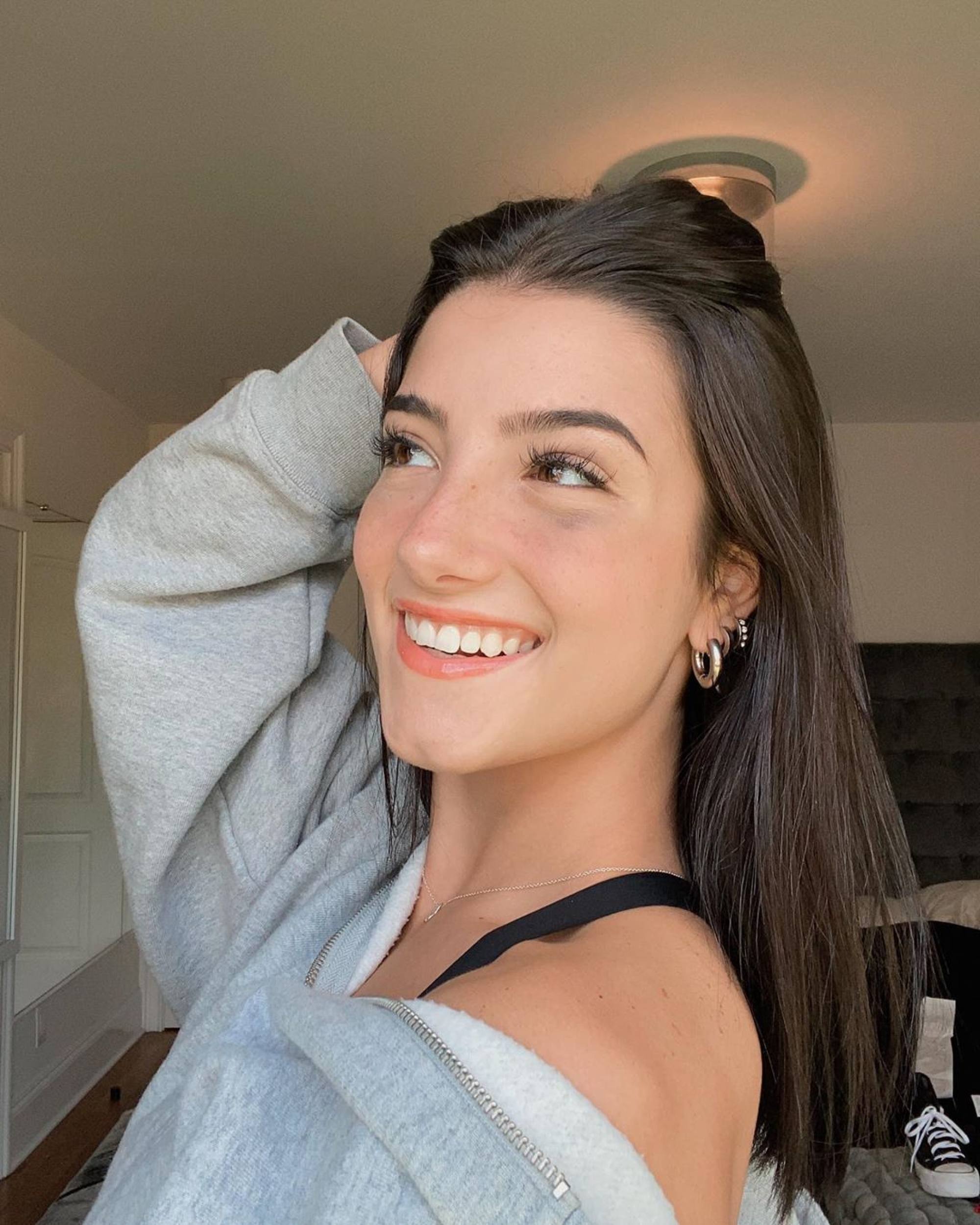Charli D'Amelio deepfakes have become a hot topic in the digital world, where fame meets technology. If you're here, chances are you've stumbled upon some crazy deepfake videos of Charli and are wondering how real they are. Let's dive right into it. Deepfakes are like digital magic tricks that can make someone appear to say or do things they never actually did. And with Charli being one of TikTok's biggest stars, it's no surprise her face has been used in these creations.
But here's the thing, deepfakes aren't just about entertainment. They raise serious questions about privacy, consent, and the authenticity of online content. Imagine seeing a video of Charli D'Amelio doing something outrageous, only to find out it was all digitally fabricated. Crazy, right? This is why understanding the world of deepfakes is crucial, especially for fans who want to separate fact from fiction.
As we explore this topic, we'll break down what deepfakes are, how they relate to Charli D'Amelio, and why they matter in today's digital landscape. So buckle up, because we're about to take a deep dive into the fascinating and sometimes scary world of digital manipulation.
Read also:George Clooney Sells Harleydavidson After Motorcycle Accident To Support Veterans
Table of Contents:
- Biography of Charli D'Amelio
- What Are Deepfakes?
- Charli D'Amelio and Deepfakes
- The Technology Behind Deepfakes
- The Impact on Charli's Image
- Ethical Concerns Around Deepfakes
- How Fans React to Charli's Deepfakes
- Legal Implications of Deepfakes
- The Future of Deepfakes
- Conclusion
Biography of Charli D'Amelio
Before we dive into the deepfake world, let's get to know Charli D'Amelio a little better. Charli is more than just a TikTok star; she's a global phenomenon who's redefined what it means to be an internet celebrity. Born on January 1, 2004, in Norwalk, Connecticut, Charli quickly rose to fame with her energetic dance routines and captivating content.
Data and Facts About Charli D'Amelio
| Full Name | Charli Howard D'Amelio |
|---|---|
| Date of Birth | January 1, 2004 |
| Place of Birth | Norwalk, Connecticut |
| Profession | Content Creator, Influencer |
| Net Worth (2023) | Approximately $15 million |
Charli's journey from a regular teenager to a social media sensation is nothing short of inspiring. Her unique style and authenticity have made her a role model for millions of young people around the world. But as we'll see, her fame has also made her a target for deepfake creators.
What Are Deepfakes?
Deepfakes are like the digital equivalent of a funhouse mirror, but instead of just distorting your reflection, they can completely alter how someone looks or sounds. At their core, deepfakes are AI-generated videos or images that manipulate a person's likeness to create something that never actually happened. It's kinda like Photoshop on steroids.
The technology behind deepfakes uses something called neural networks, which are basically super-smart algorithms that can learn and replicate patterns. These networks analyze thousands of images or videos of a person to create a digital model that can be manipulated. And while this might sound like sci-fi, it's already being used in some pretty wild ways.
Deepfakes have been used for everything from creating fake celebrity endorsements to generating fake news. The possibilities are endless, and that's both exciting and terrifying at the same time. But how does all this tie into Charli D'Amelio? Let's find out.
Read also:Prince Charles Turns 70 The Ultimate Birthday Bash At Buckingham Palace
Charli D'Amelio and Deepfakes
Charli D'Amelio deepfakes have been popping up all over the internet, and they're not just harmless pranks. Some of these videos show Charli doing things that are completely out of character, like making controversial statements or performing stunts she'd never actually attempt. It's like someone took her likeness and turned it into a digital puppet.
Why Charli?
Charli's massive following makes her an ideal target for deepfake creators. With over 150 million followers on TikTok, her content reaches a global audience. This means that any deepfake video featuring Charli has the potential to go viral in seconds. And let's be real, the internet loves drama, so a juicy deepfake of a famous person is like catnip for click-hungry audiences.
But it's not just about the views. Deepfakes can also be used to tarnish someone's reputation or spread misinformation. Imagine seeing a video of Charli saying something offensive or engaging in risky behavior. If you didn't know it was a deepfake, you might believe it's real. That's why understanding the technology and its implications is so important.
The Technology Behind Deepfakes
So how exactly do deepfakes work? It's all about the tech, baby. At the heart of every deepfake is a pair of neural networks known as a Generative Adversarial Network (GAN). Think of it like a digital version of "Simon Says." One network generates the fake content, while the other tries to detect whether it's real or not. Over time, the generator gets better at creating convincing fakes, while the detector becomes more skilled at spotting them.
Here's a quick breakdown of how it works:
- Data Collection: Thousands of images or videos of the target person are fed into the system.
- Training: The neural networks analyze the data to learn how the person looks, moves, and speaks.
- Generation: The system creates a new version of the person, often superimposed onto someone else's body or background.
- Refinement: The process is repeated until the deepfake is indistinguishable from reality.
It's a bit like teaching a computer to draw, but instead of pencils and paper, it's using code and algorithms. And while this technology has some cool applications, like restoring old films or creating special effects, it also has a darker side.
The Impact on Charli's Image
Deepfakes can have a huge impact on a person's public image, and Charli D'Amelio is no exception. Imagine waking up to find a viral video of yourself saying something you'd never say in a million years. That's the kind of nightmare deepfakes can create. For Charli, whose career is built on authenticity, this is a major concern.
But it's not just about Charli. The rise of deepfakes also affects her fans, who might struggle to distinguish between real content and fake. This can lead to confusion, misinformation, and even harm. And let's not forget the psychological impact on Charli herself. Having your likeness used without consent can be unsettling, to say the least.
So what can be done to protect Charli and others from the negative effects of deepfakes? That's where ethics and regulation come into play.
Ethical Concerns Around Deepfakes
Deepfakes raise some serious ethical questions that we can't ignore. On one hand, they offer incredible creative possibilities. On the other hand, they pose a threat to privacy, consent, and the truth. Imagine a world where you can't trust anything you see online. Scary, right?
Here are some of the key ethical concerns:
- Privacy: Deepfakes can violate someone's right to control their own image and likeness.
- Consent: People should have the right to say how their image is used, but deepfakes often bypass this completely.
- Truth: In a world where deepfakes are indistinguishable from reality, how do we know what's real and what's fake?
These are tough questions that require thoughtful answers. And as deepfake technology continues to evolve, the need for ethical guidelines becomes more urgent than ever.
How Fans React to Charli's Deepfakes
Charli's fans are a passionate bunch, and they're not taking deepfakes lying down. Many have taken to social media to call out fake videos and warn others about the dangers of deepfakes. It's like a digital vigilante squad, keeping the internet honest one tweet at a time.
But not all fans are tech-savvy, and some might fall for deepfakes without realizing it. This highlights the importance of media literacy and critical thinking in today's digital age. By educating fans about how deepfakes work and how to spot them, we can help protect both Charli and her audience from harm.
Legal Implications of Deepfakes
When it comes to deepfakes, the law is still playing catch-up. While there are some legal protections for privacy and intellectual property, the rapid evolution of deepfake technology has left many gaps in the system. This means that creators can often get away with using someone's likeness without facing any consequences.
But there are signs of change. Some countries are starting to implement laws specifically targeting deepfakes, and there's growing pressure on social media platforms to take action. Platforms like TikTok and Instagram are cracking down on fake content, but there's still a long way to go.
For Charli D'Amelio and others in her position, this legal gray area can be frustrating. Without clear laws and regulations, it's hard to hold deepfake creators accountable. But as awareness grows, so does the push for meaningful change.
The Future of Deepfakes
So where do we go from here? The future of deepfakes is both exciting and uncertain. On one hand, advancements in AI technology could lead to even more realistic and convincing fakes. On the other hand, there's hope that new detection tools and regulations will help mitigate the risks.
One thing is for sure: the conversation around deepfakes isn't going away anytime soon. As more people become aware of the technology and its implications, we'll see a greater push for ethical guidelines and legal protections. And for influencers like Charli D'Amelio, this means finding ways to protect their image while continuing to engage with their audience.
Conclusion
Charli D'Amelio deepfakes are a prime example of how technology can both empower and challenge us. While they offer incredible creative possibilities, they also raise serious questions about privacy, consent, and the truth. As we've explored in this article, the impact of deepfakes extends far beyond just entertainment. It affects everything from public perception to legal rights.
So what can you do? Start by educating yourself and others about how deepfakes work and how to spot them. Share this article with your friends and family, and encourage them to think critically about the content they consume online. Together, we can help create a safer and more transparent digital world.
And don't forget to leave a comment or share this article if you found it helpful. Let's keep the conversation going and work towards a future where technology serves us, not the other way around. Thanks for reading, and stay tuned for more insights into the world of digital media!


